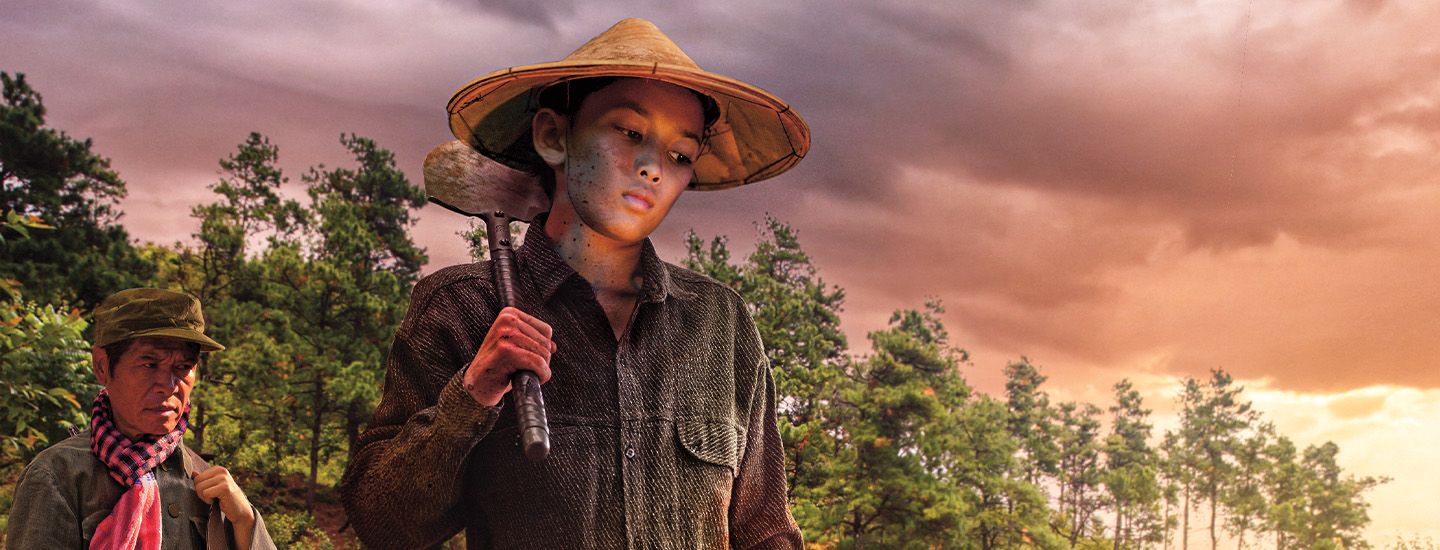CPA Media Pte Ltd/Alamy Stock Photo
Pol Pot, whose rule destroyed millions of Cambodian lives
For Meng Lim, April 17, 1975, began much like any other day in his rural village in Cambodia, a country in Southeast Asia (see map, below). The 14-year-old went about his daily chores, assisting his mother while his two older siblings worked to help support the family.
Meng’s life was hardly easy. His father had died when he was 7 years old, and the family struggled to make ends meet. But he never could have imagined the horror and grief that lay ahead for him and his country.
That same day, about 50 miles away, a rebel army was pouring into Cambodia’s capital city of Phnom Penh (puh-NAHM pen). The soldiers seized control of the nation’s government, ending a civil war that had lasted five years. But instead of bringing peace, the group brought about new levels of misery. Within weeks, Meng and his loved ones—along with millions of other Cambodians—would be enslaved by a brutal dictator named Pol Pot.

